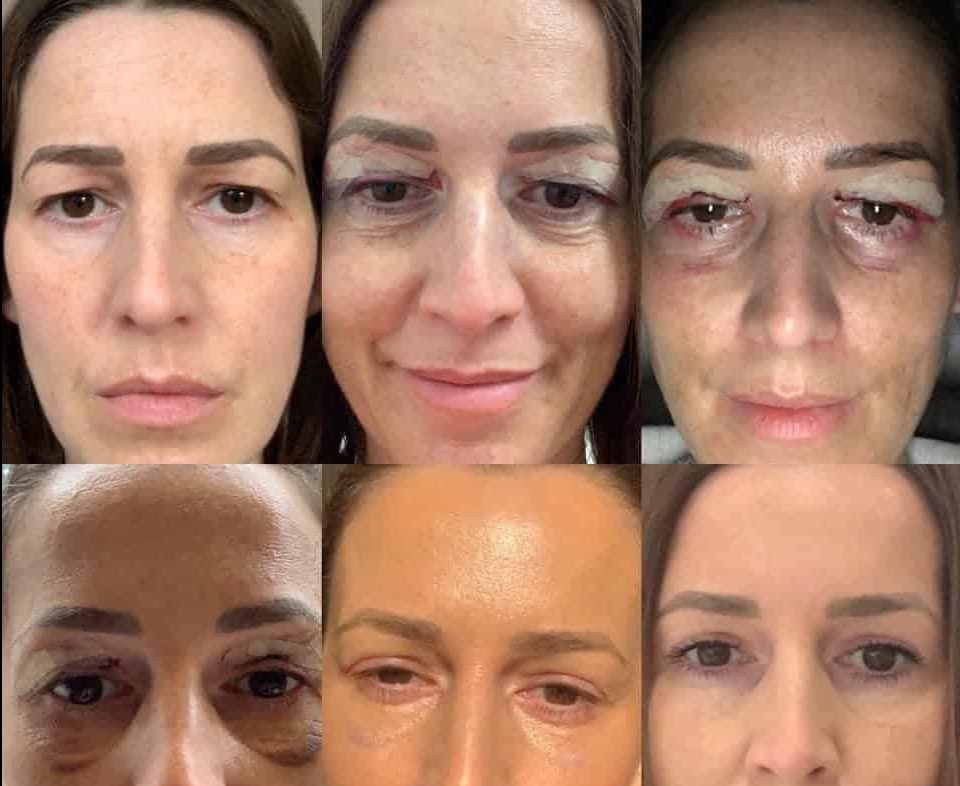
The first few days are about swelling, rest, and patience—not results
Blepharoplasty recovery doesn’t begin with beauty. It begins with bruises. Puffy eyelids. Swelling that moves from one area to another. It may feel tight. Heavy. It may look worse before it looks better. That’s part of the process.
Cold compresses can reduce swelling. Elevation helps. Most people sleep upright, stacking pillows or using a recliner. Some feel groggy from anesthesia. Others feel clear but uncomfortable. Blinking feels strange. Vision may blur slightly.
It’s normal to worry in these early days. You might wonder if it’s healing right. If the bruises are too dark. If the swelling is too much. But this is the most common part of the timeline—and the most temporary.
The key in this phase is rest. Not activity. Not scrutiny. Just time, and trust that your body knows what it’s doing.
The first week reveals more discomfort than clarity
Day four or five often brings the peak of bruising. It shifts in color—purple, green, yellow. The skin feels sore. There may be mild oozing or crusting along the incisions. This is normal. The eyes may water more. Or they may feel dry. Both happen.
You might feel emotionally fragile. That’s expected. When your face changes—even temporarily—it can affect your sense of self. Some people isolate during this week. Others stay distracted with books, music, or short walks indoors.
By the end of week one, most surgeons remove stitches. That moment feels relieving—but healing continues under the skin. You may not feel like yourself yet, but the timeline is unfolding exactly as it should.
Progress is quiet. But real.
Two weeks in, you’re visible—but not invisible
The second week is transitional. Swelling decreases, but puffiness lingers. Redness may fade slightly. You may begin to move more freely. But blinking may still feel tight. You may still avoid mirrors.
This is often when people return to work—especially if their job isn’t physically demanding. Concealer helps. Glasses hide the healing. But your face still feels unfamiliar.
Most importantly, the tenderness fades. You begin to touch your face again without flinching. Washing your eyes becomes routine. Makeup might be allowed—depending on your healing.
You feel more normal. But not quite there.
By week three, the world stops asking questions
Strangers stop noticing anything. Most swelling now appears only to you. The scars are small, thin, and pink. You may still wake up with puffiness. But it fades throughout the day.
Emotionally, you begin to feel the shift. You catch glimpses of yourself and think—yes, that’s closer. Friends say you look rested. Or lighter. Not different. Just better.
It’s subtle. But it matters.
Your eyes stop being the focus of your thoughts—and start becoming your view again.
Week four restores rhythm—but not finality
You can now sleep on your side. Lift groceries. Return to mild workouts. Makeup sits better. Eyedrops may still be part of the routine—but less often.
The healing is mostly quiet now. Inside the tissue. Around the nerves. Your eyes blink naturally again. The skin no longer tugs.
Most people stop thinking about their eyelids every day. They start noticing small improvements. The line above the crease looks smoother. The puffiness takes longer to appear—and disappears faster.
It’s not done. But it’s moving forward.
Between weeks five and eight, the eyes settle into stillness
This stage is about refinement. You no longer wonder if it’s healing. You begin to understand how it healed. The scars begin to fade. From pink to pale. From visible to soft. They may itch slightly. That’s a good sign.
You apply eye cream gently. You move your face without caution. You raise your brows without tension. The area feels like yours again.
People start asking if you’ve been on vacation. If you’re sleeping better. You smile. Because you know what’s changed. But you also know—it doesn’t look like surgery.
It just looks like ease.
Months three to six bring clarity, balance, and new confidence
During these months, the final swelling disappears. The tightness releases. You begin to forget how it felt before. Your morning routine is simpler. Your eyeshadow doesn’t crease the same way. You can wear less makeup—or more—with more comfort.
For those who had functional concerns—like obstructed vision—reading and driving become easier. For those with cosmetic goals, photos begin to feel more comfortable again.
The greatest change? You stop thinking about your eyes. That’s when you know it worked.
Emotional healing follows physical healing—but not always in sync
Even after the body heals, your mind might take longer. Some days you question the decision. Other days you feel deep relief. This is normal.
Your face carries identity. Changing it—even subtly—can stir unexpected feelings. That’s why support matters. Checking in with your surgeon. Sharing with close friends. Being honest about how you feel—good or uncertain.
Healing isn’t a straight line. Emotionally or physically. But it always moves forward.
The one-year mark brings the final story
Scars flatten. Color fades. Skin feels smooth. The result no longer shifts—it settles. Final healing takes a year. But the changes after month six are often invisible to others.
They’re quiet. Internal. You notice how little you think about mirrors. About puffiness. About fatigue around the eyes.
That peace becomes the final result. Not just how it looks—but how it feels.
